During the 2019 Year of the Pig Spring Festival, the Good Food Fund and its seven chefs co-created the Spring Festival dinner with five top universities in the United States, including Yale, Harvard, and the Culinary Institute of America. This "Leads the Future" New Year's menu promoted the international communication of sustainable diets. This is the first time that Chinese chefs toured the world's top schools.
This is the last passage about the New Year Feast tour: University of Connecticut (UConn).
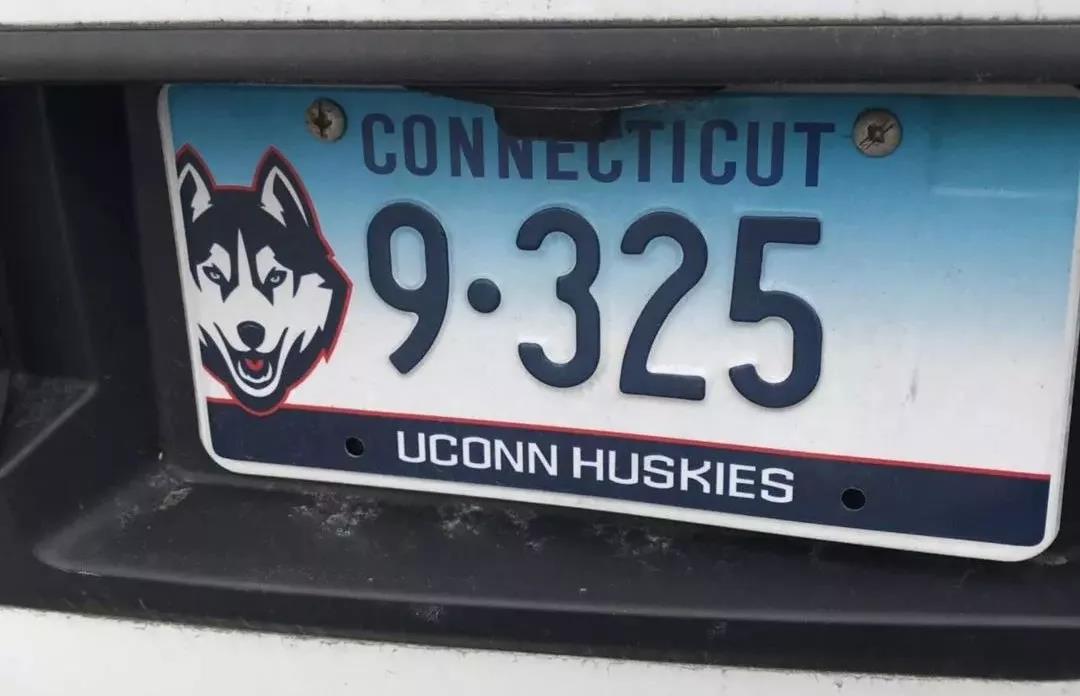
In this young country of the United States, there are many historic universities, and UConn is one of them. Built in the 1880s, and unlike Harvard or Yale's private education, UConn is a public school. Currently, there are more than 10,000 borders, plus more than 30,000 student commuters. There are more than 50,000 students on UConn's campus. The university ranks among the top 50 public research universities in the United States, and its catering system is one of the largest in American university-owned catering (no outsourcing).
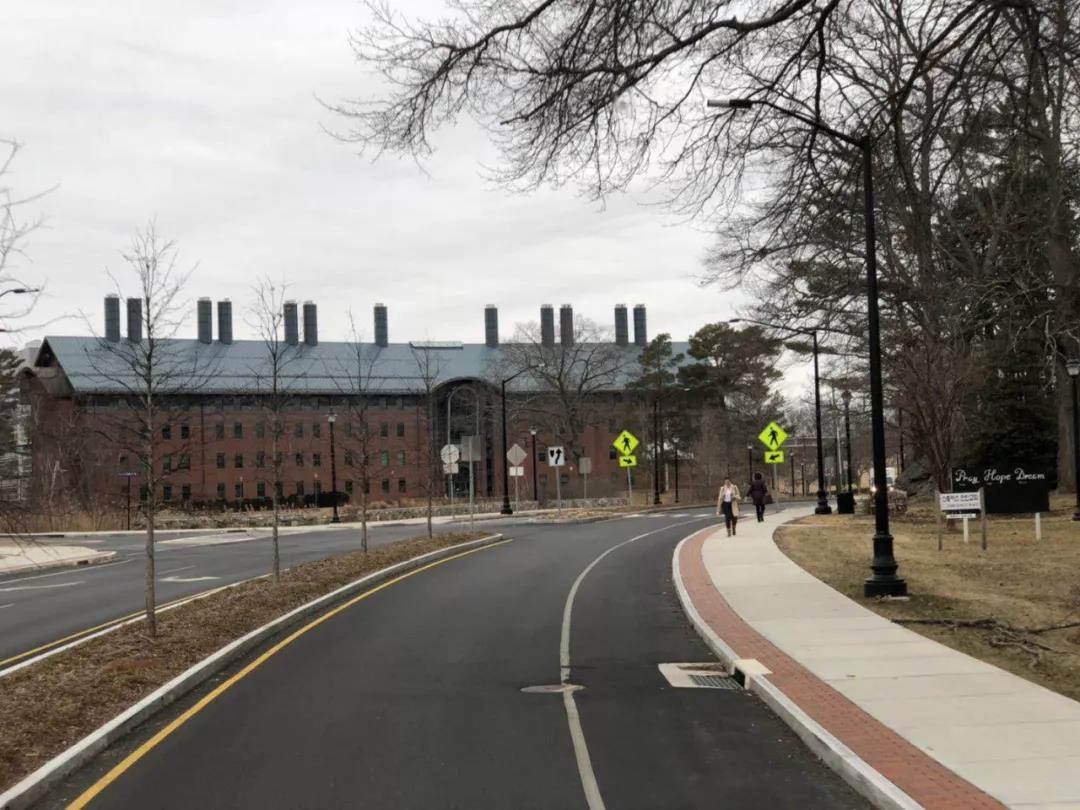
The Good Food Fund and Dennis, director of food and beverage at UConn, have connections to the Culinary Institute of America. As a chef, Dennis has never left school during his career, serving in eight schools, including Dartmouth College, anIvy League school. Dennis calls himself a "foodie." During his more than 20 years of work at UConn, he managed school meals with a professional chef background (like Yale's Taherian), and he knows much more about cooking than non-professionals. Each university's catering management structure is different; however, the catering department at UConn is under the students' management.
While discussing when he began to focus on health and sustainability, Dennis said his change came from a meeting at Yale eighteen years ago. At the time, the rest of the conference was comprised of Yale students and held by Alice Waters (her daughter went to Yale to study). She introduced sustainable concepts such as local food to the audience. This conference has also become a landmark event for food reform in American universities over the years.
The Good Food Delegation's itinerary at UConn lasted two days. The first day was campus visits, exchanges, and preparations for the Good Food Chefs. The New Year Feast was arranged on the second day. I have to say that the food prepared by UConn had a profound impact on us: the whole plant prepared for lunch was exquisite and delicious. Even the dessert chocolate mousse was completely vegan. And their plates were plants. There was only one fish dish at the dinner, while the other dishes were all plant options. The fish also came from a local, sustainable farm. It embodied the "Plant Forward Diet" concept.
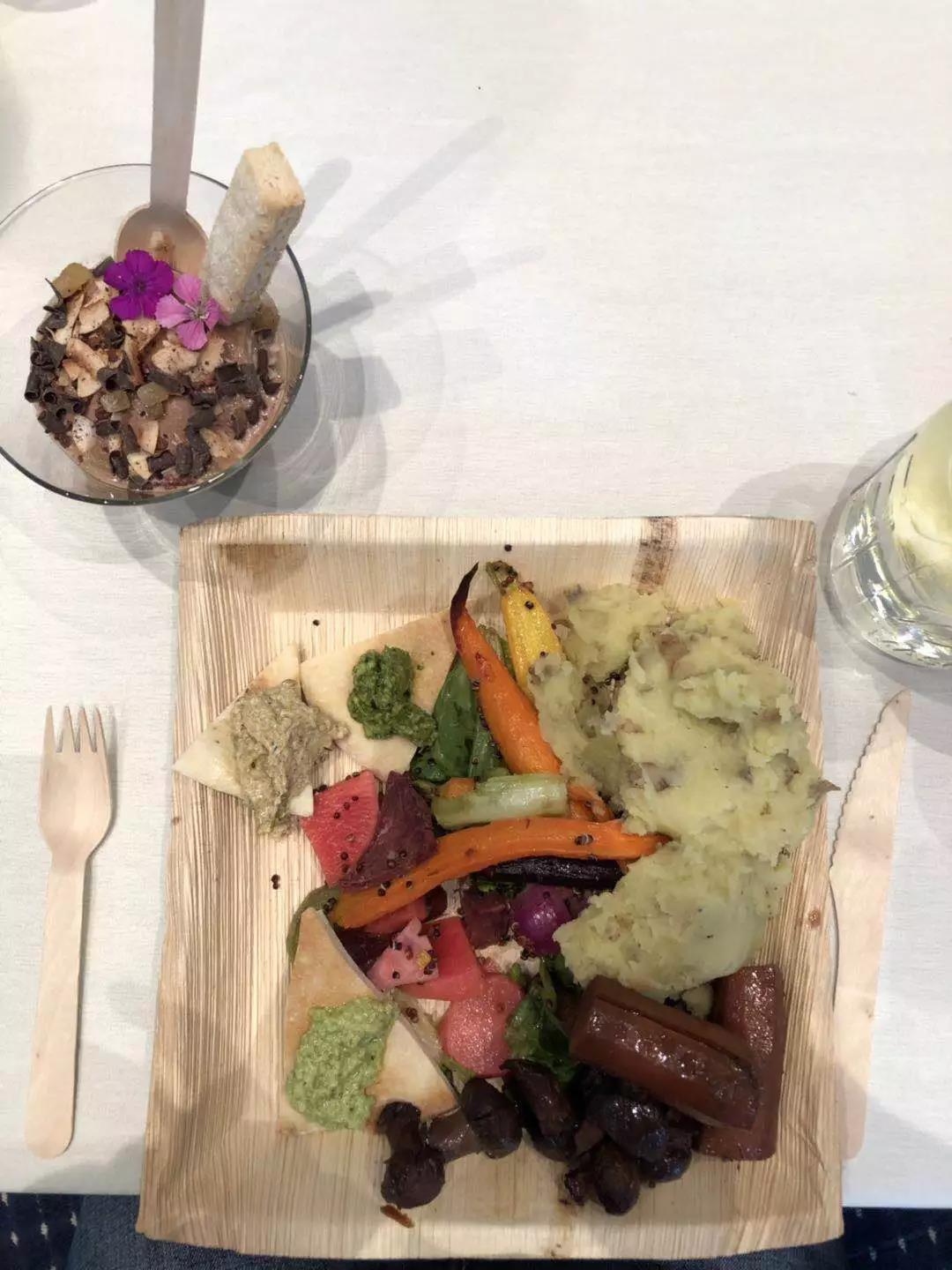
Note: The dishes provided by UConn were also plant-based.
I thought that UConn might not have too many exciting features. I didn't expect it to have one of the few master's degrees in puppet art in the United States. There are 40 undergraduates and postgraduates (ages from 18 to 40) in the whole major. The requirements of puppet theater creation are very comprehensive -- students need to understand art, sculpture, clothing, narrative, materials, carpentry/sewing, etc. After visiting the Puppet Museum of UConn, we went to the school's sports museum and learned that the UConn basketball team had won the U.S. championship more than 20 times (the women's team has won even more). Athletics is another prominent feature of the school.



Note: Ballard Institute and Museum of Puppetry of UConn
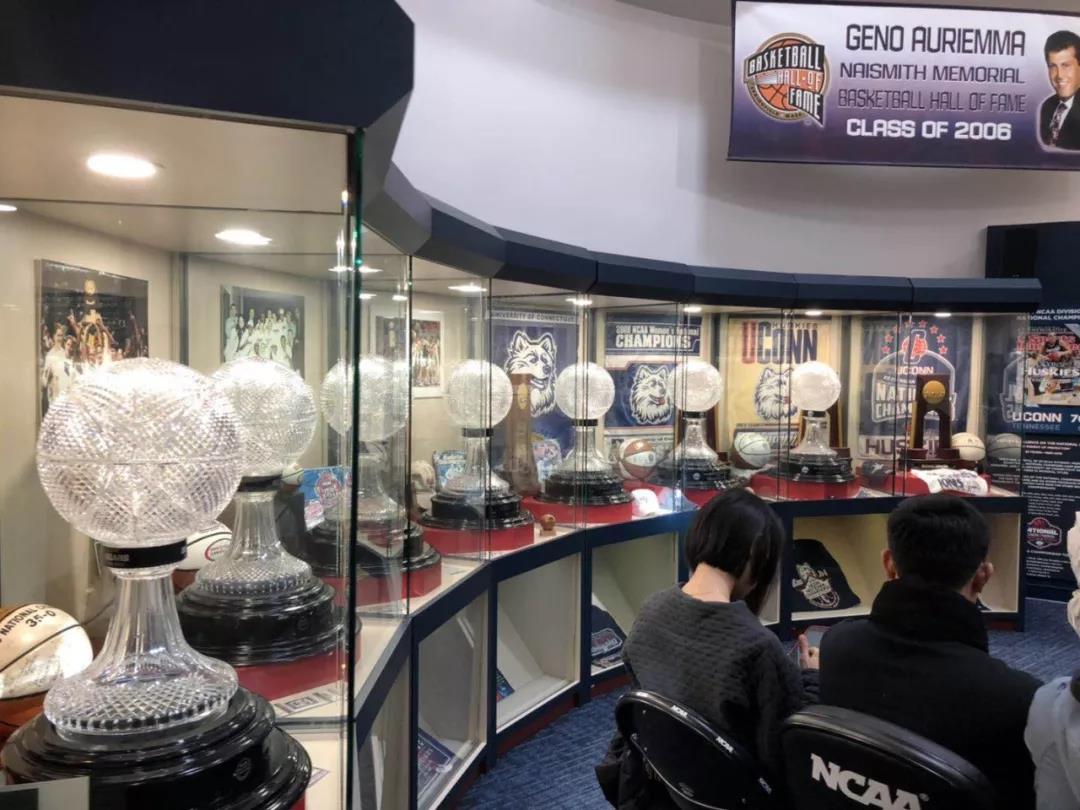
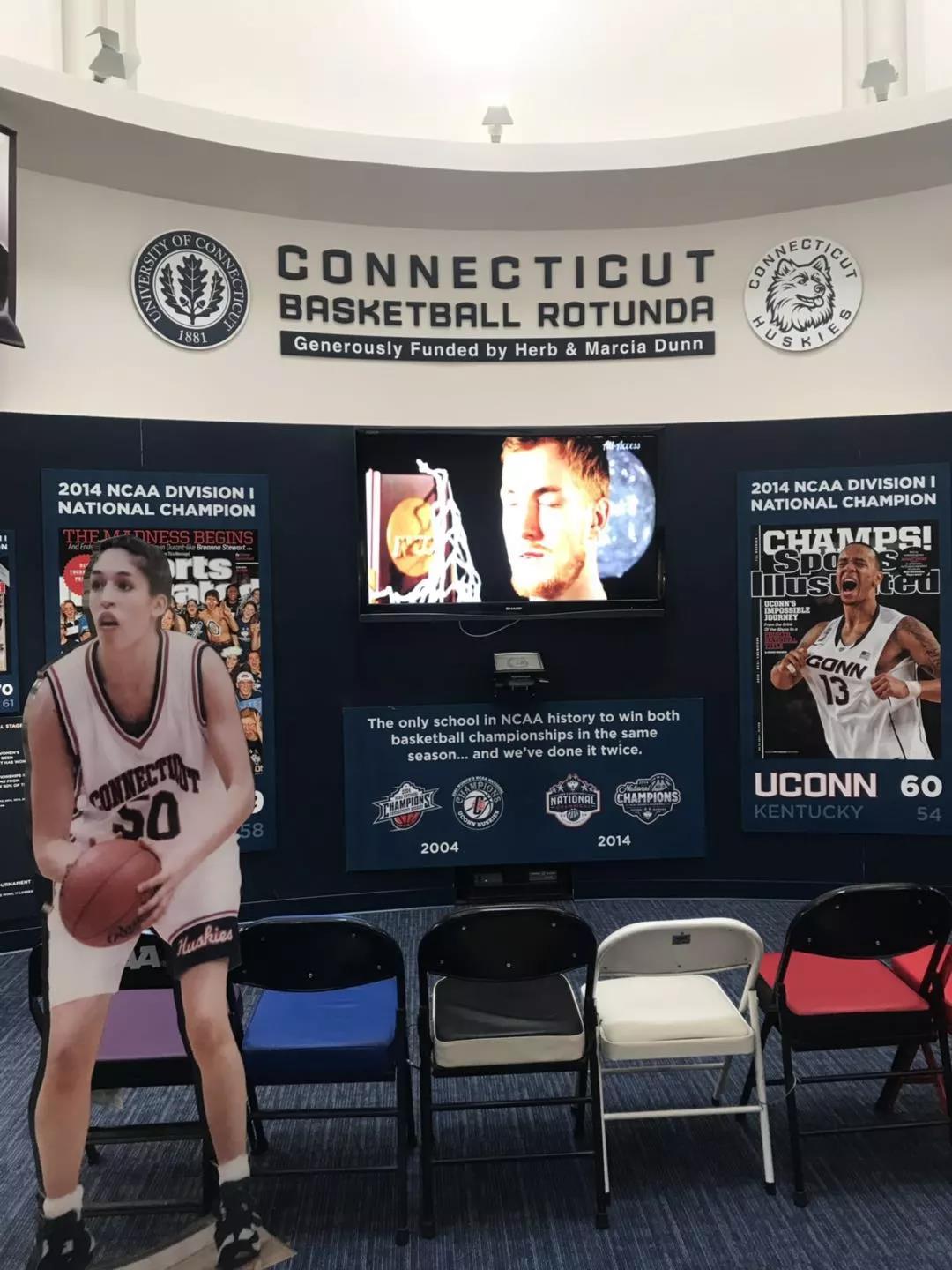
Note: Trophies and awards won by the UConn basketball team
While we visited the campus, the Good Food Chefs prepared for the New Year Feast. Surprisingly, the chefs found that the kitchen of UConn was well organized and odor-free. Each chef's material was put in a unique cabinet, which greatly reduced the Good Food Chefs' workload. Some chefs even felt that the preparation work had been basically completed and that they could immediately start work the following afternoon (The New Year Feast would be in the evening of the next day). The efficient work of UConn was really impressive.
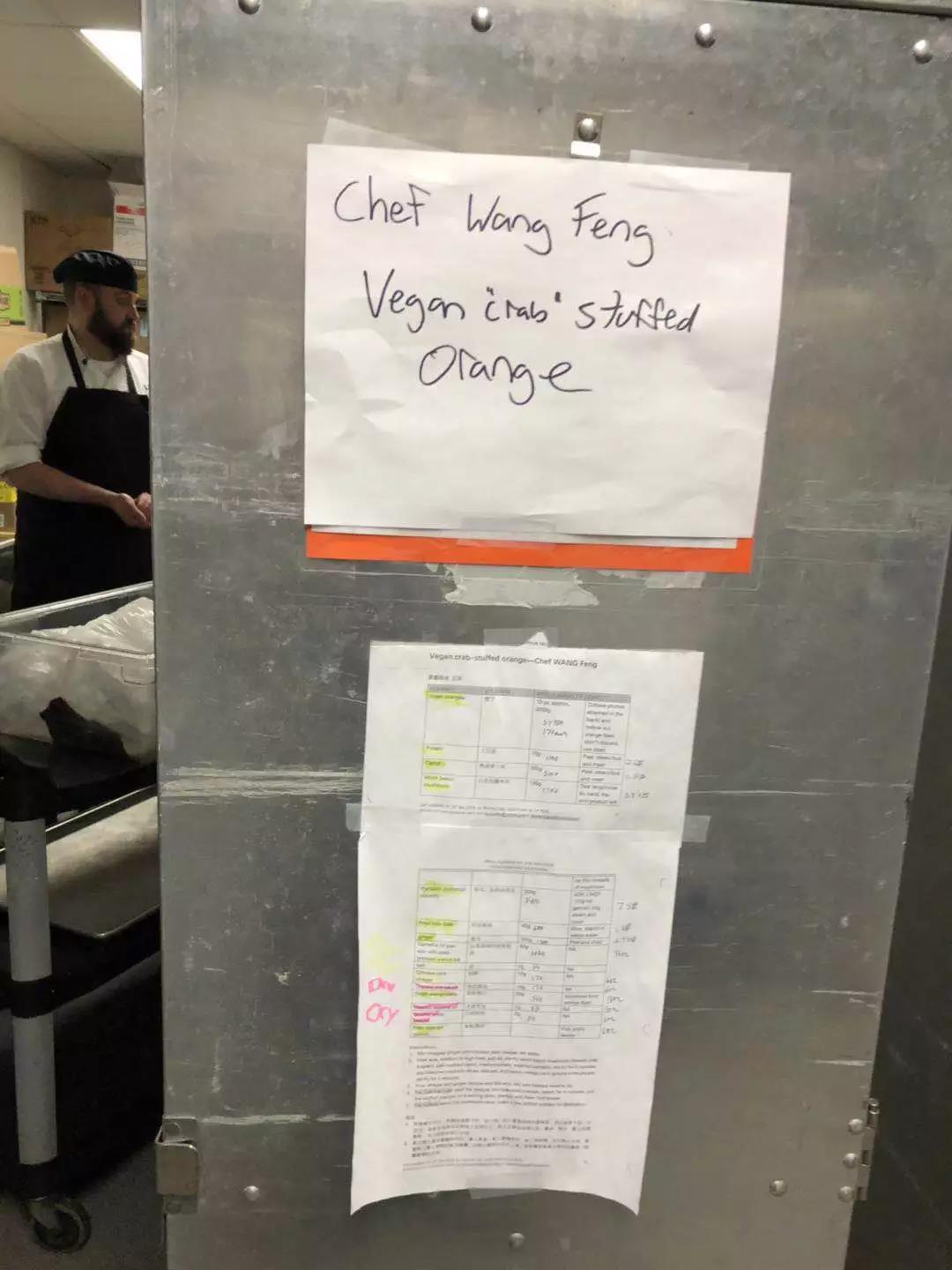
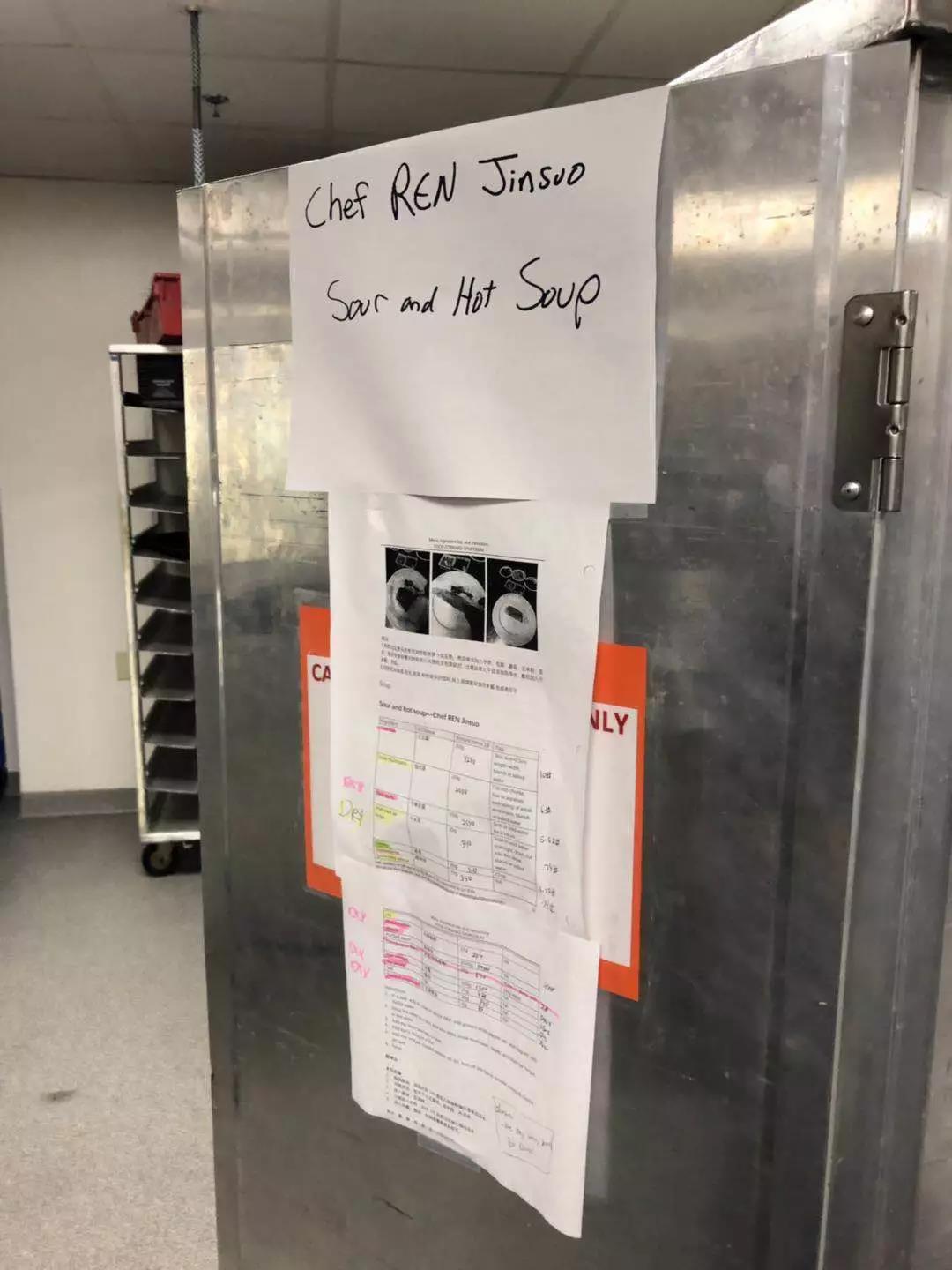
Note: Materials and remarkable cabinets prepared by UConn for Good Food Chefs
On American campuses, student farms are becoming increasingly popular. The Spring Valley, a student farm at UConn, was founded spontaneously by two students in 2010. Spring Valley is named after the valley where the farm is located. From two students and one house to the current 11 students, two houses, two greenhouses, etc., the farm has received cooperation and support from both the school departments and the school's catering department.
At present, 11 students working on the farm come from different majors and usually live on the farm, which is the most prominent feature of the student farm at UConn. They perform an average of 11 hours per week, selling vegetables to the school cafeteria. Every Friday, the farm is open to other students and is open to the public every Tuesday to educate the community on healthy, sustainable, and local food. Summer is the busiest season every year. There is a farmer's market in May and June, which is very popular with students and residents.
The success of the Spring Valley farm is inseparable from the support of the school catering department. The university catering department's investment in the farm has brought a series of project cooperation and some high-tech investments. The farm focuses on "land care," "human care," and "appropriate intake." They work with the school's mental health department to use good food and nature to prevent suicide. The farm also works with the engineering, art, and social science disciplines, like the College of Engineering, to measure nearby farmland pesticides' impact on on-campus air quality. The current Sustainable Food System Program is built on cooperation between the farm and the Department of Sociology, Geography, and Agronomy to observe and learn by living on the farm.
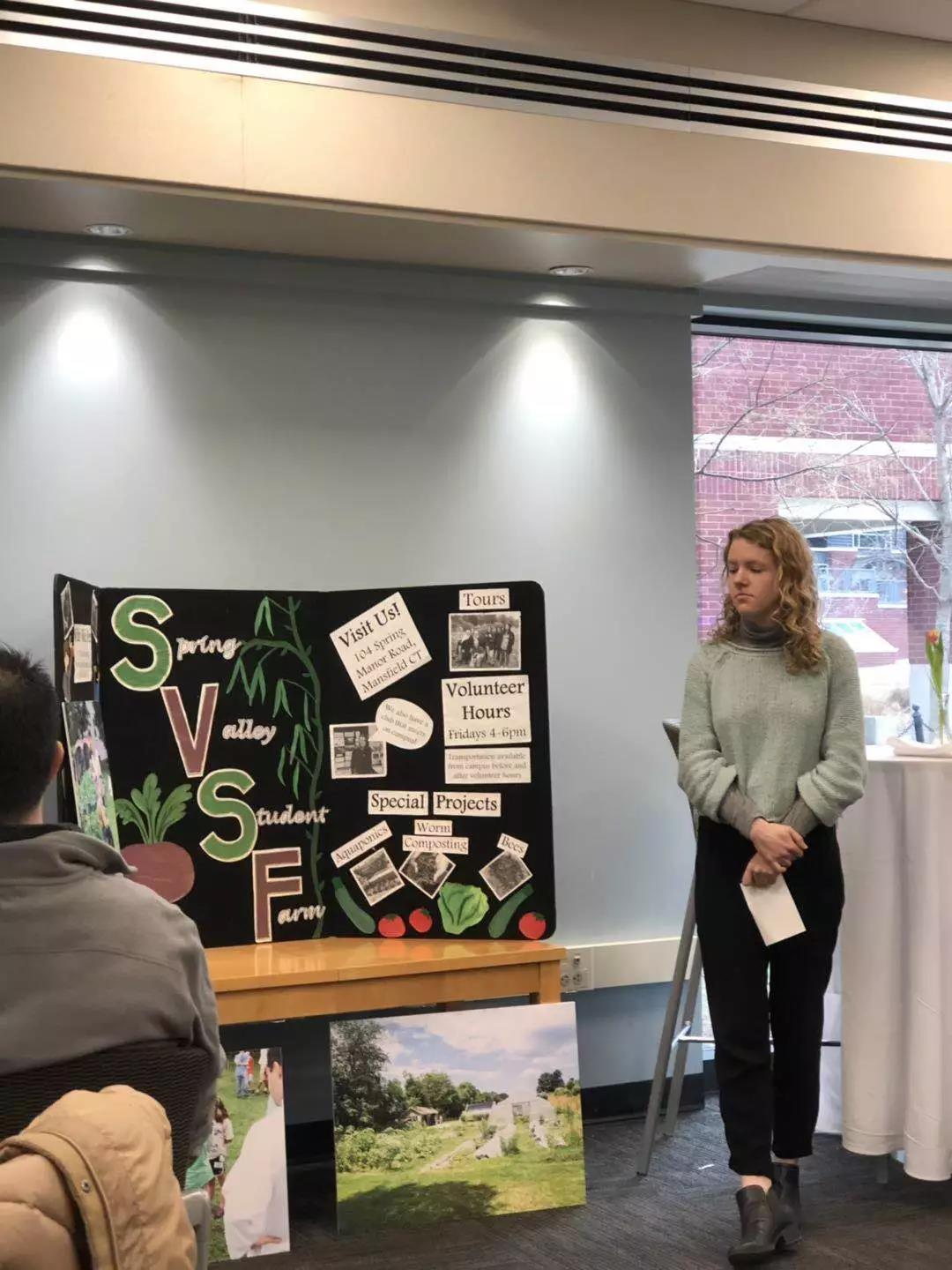
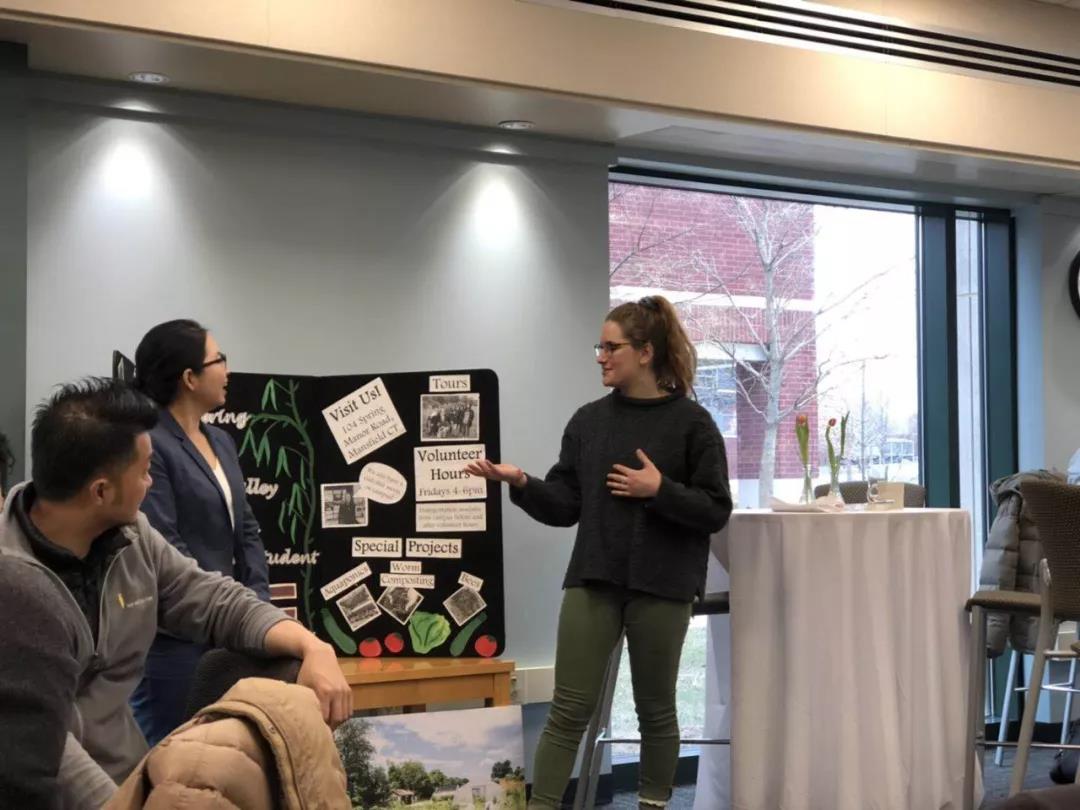
Note: Students on the student farm are sharing their experiences.
Student Q & A
Question 1:
How do students on the farm eat?
Answer:
There is a kitchen on the farm so that everyone can make food on their own.
But their products are mainly for schools, and currently, they hope to raise some chickens on the farm.
Question 2:
Do the students on the farm feel their food is healthier and better?
Answer: It's a happy thing to wake up on the farm every morning. The products produced on the farm are supplied to the (school) catering department, and those that aren't as high-quality quality are eaten by themselves. Another boy said that, in the first semester, he lived in a very modern dormitory. Others (students) felt very good, while he felt like he was living in a machine.
Question 3:
Do the students on the farm mainly have plant-based diets?
Answer:
Many of these students are vegetarians, and most of them have plant-based diets. Plant-based diets are better for the body and the planet, and students also have the opportunity to intake healthy plant-based ingredients, understanding plant-based ingredients can be delicious. The purpose of doing this farm is to hope that there will be more education in this area in the future.
Question 4:
Is the farming organic on the farm? Do they use fertilizer?
Answer:
It is organic. We plant with natural compost and fish pond soil. Meanwhile, we looked into the Seed Atlases for ancient varieties.
Question 5:
Does your food taste different from traditional food?
Answer:
We did not get organic certification because organic is not necessarily equivalent to sustainable. Large organic farms are not always sustainable. We want to make it with heart because the things made with heart are always delicious -- for example, a small blueberry that we grow ourselves is better than five commercial blueberriessold on the market.
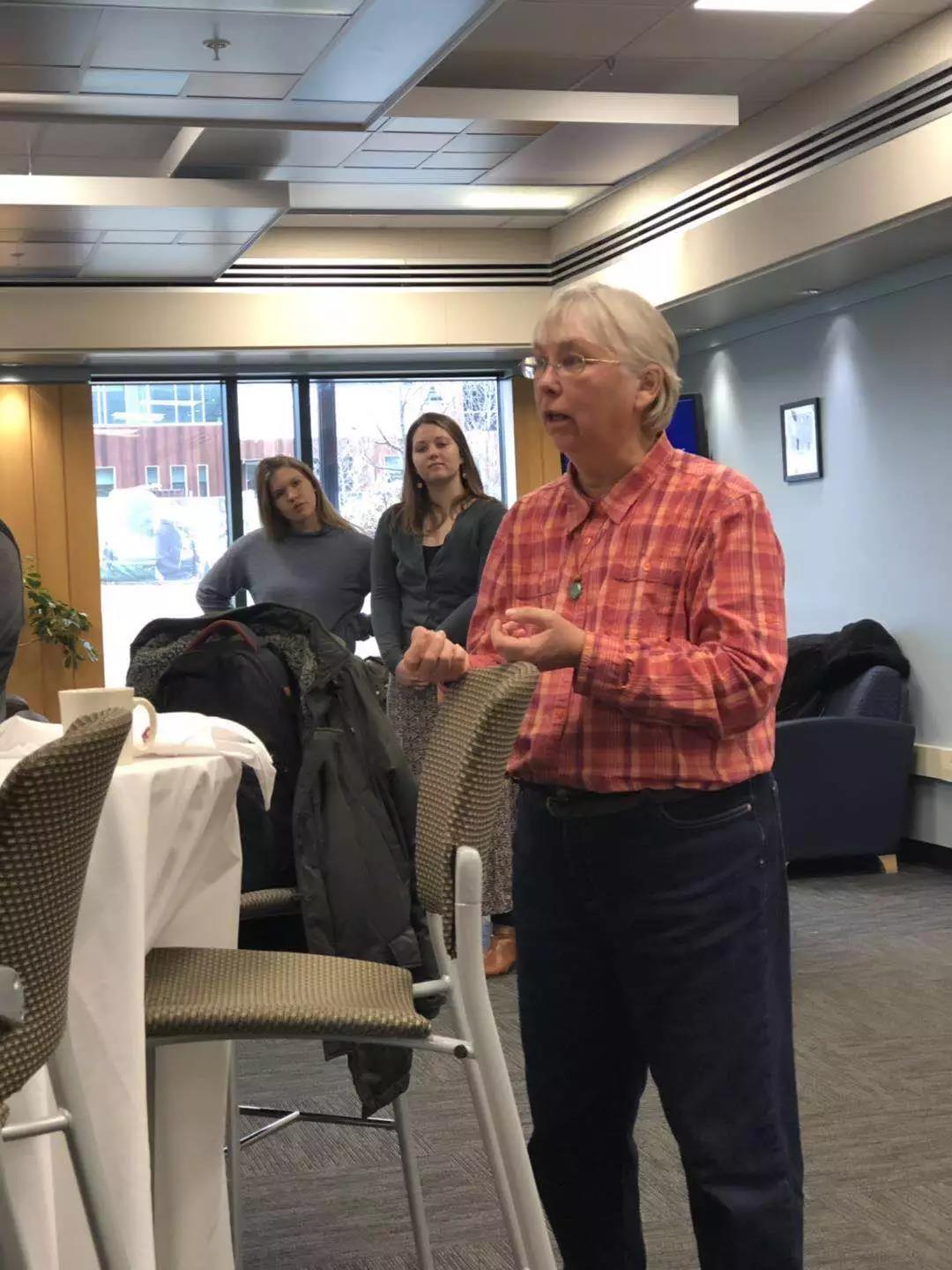
The farm instructor is sharing
Question 6:
How about the procurement ratio of farm products and the catering sector?
Answer:
It's very small because this farm's purpose is not to break even but to provide students with learning opportunities.
Question 7:
Are the products sold to schools?
Answer:
No, because the school invests in the farm, the school's remuneration is equivalent to the school "advancing" the money.
The effect of antioxidants in food on reducing chronic diseases
Dr. Ock K. Chun, Professor, Department of Nutrition Science, University of Connecticut
As we all know, the intake of fruits and vegetables can reduce the morbidity and mortality of chronic diseases, including cardiovascular diseases and cancer, but which of these substances plays a significant role? Professor Ock K. Chun told us that antioxidants in fruits and vegetables could reduce free radicals and reduce oxidative stress. Flavonoids are particularly abundant in plant diets, such as berries, teas, etc. In terms of the proportion of Americans' sources of antioxidants, tea comes first, supplements second, fruit juice third, wine fourth, beer fifth, and vegetables sixth.
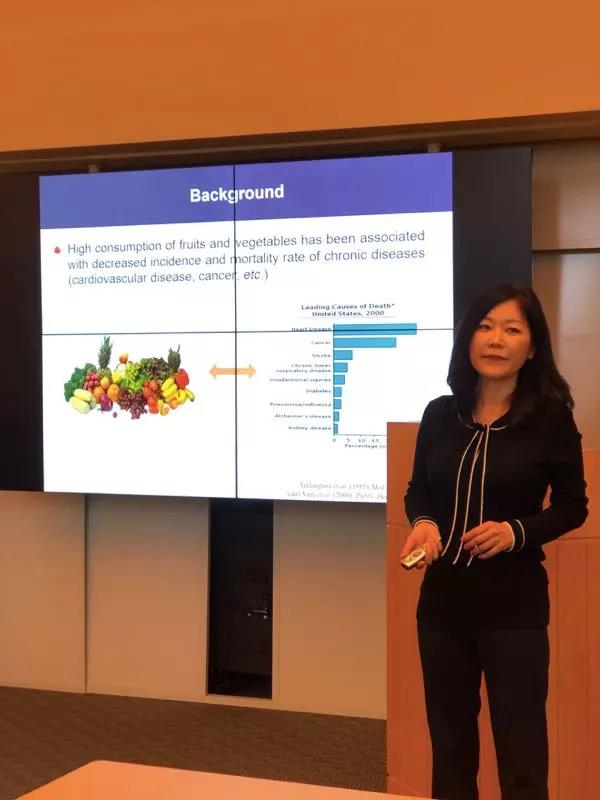
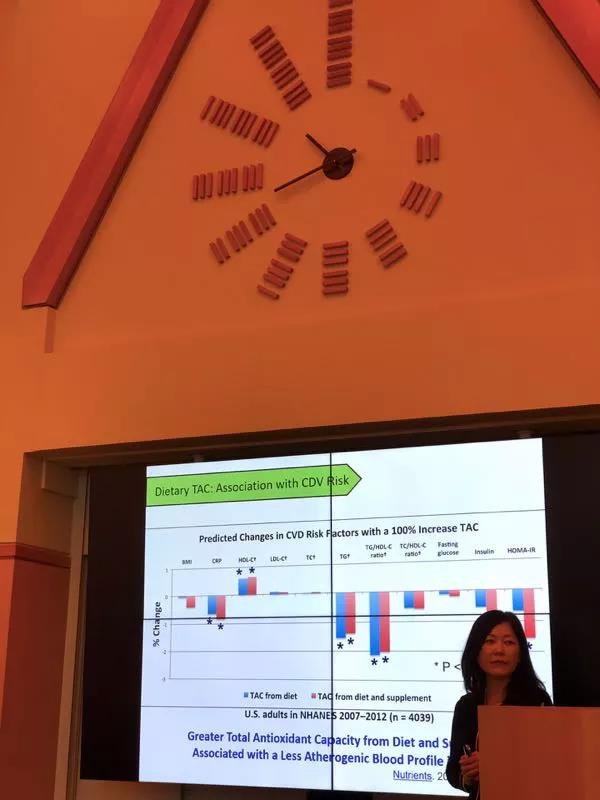
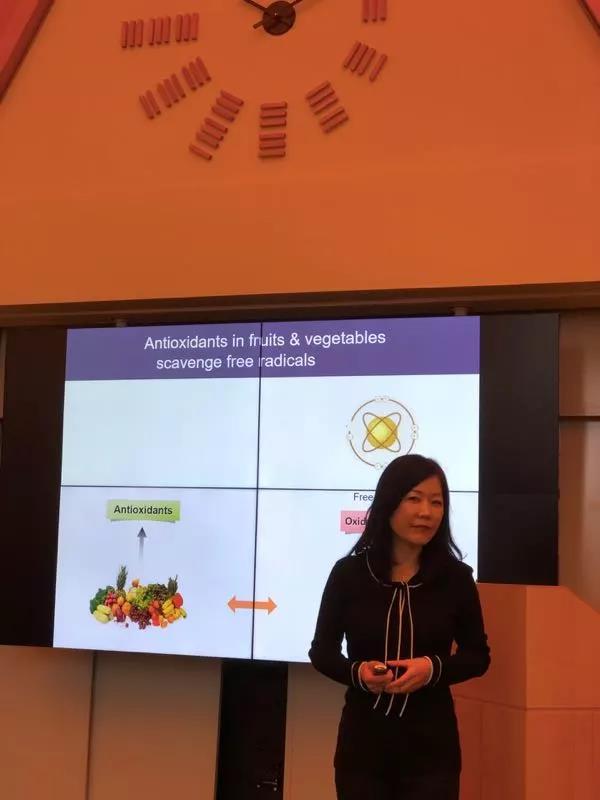
Note:
Free radicals are by-products of human cells' regular activity, and when free radicals lack electrons, they will snatch electrons from other cells. Numerous medical studies and clinical trials have proved that the seizure of human body electrons is the source of all diseases. Free radicals are the leading cause of human diseases and accelerated aging, that is, "the source of all evil".
Antioxidants' role is still controversial: epidemiological studies have found that antioxidants have disease prevention effects (vitamin E, C, etc.), but interventional tests have shown no such evidence. Professor Ock K. Chun believes that this difference is because epidemiology is a long-term observation of many people. Clinical research is observed for the short-term and is treated with large doses. It is not a usual way for people to obtain antioxidants.
Flavonoids: Flavonoids are an important class of secondary metabolites in plants. They exist inbound (flavonoid glycoside) or free state (flavonoid aglycones) in fruits, vegetables, beans, and teas in food-borne plants. Flavonoids are usually in vegetables, fruits, tea, and red grapes and protect heart function.
Q & A session:
Question 1:
Americans seem to prefer coffee over tea? What is the antioxidant content of coffee?
Answer:
There are some antioxidants in coffee, but tea has higher antioxidants. The amount of food obtained must be considered, and the antioxidant efficiency of the food itself is also critical. In comparison, the antioxidant efficiency of tea is higher.
Question 2:
Is there any difference in the antioxidant efficiency of different teas?
Answer:
Maybe American tea is different from Chinese tea. They (referring to the research side) only measured green tea and black tea. It is believed that the biological efficiency of Chinese tea may be higher.
Question 3:
Is there any vitamin B12 in plant-based diets? If so, which plant diets are there?
Answer:
This is not my field of research, but it is in animals. It may be produced in the intestinal flora.
Question 4:
Just now, the professor shared the current status of the anti-oxidation intake in the United States. What significance does the professor's research have on dietary habits?
Answer:
Vegetables and fruits can reduce cardiovascular disease, and cancer has long been recognized by the US Food and Drug Administration (FDA), so these studies are based on that knowledge. Vegetables and fruits are not only high in antioxidants but also rich in other trace elements.
Question 5:
Have you studied the antioxidant content of flavonoids in fermented soybean products?
Answer:
Americans don't eat many beans, so few antioxidants from beans make it into the American diet. I'm (professor myself) Korean, and I have participated in researching antioxidants of beans in cooperation with Korean universities. Academia's research on beans and fermented beans is mainly carried out in Asian populations.
Question 6:
Are there various tests before and after cooking? How much does cooking affect antioxidants?
Answer:
There is a great deal of data from the US Department of Agriculture that measures various food forms (raw and cooked). Some antioxidants are sensitive to heat and will decrease after heating. But the most significant impact is humidity, not temperature.
UConn is the last stop of this New Year Feast tour, and then they continued to Yale University, the Culinary Institute of America, and Google for more exchange learning.
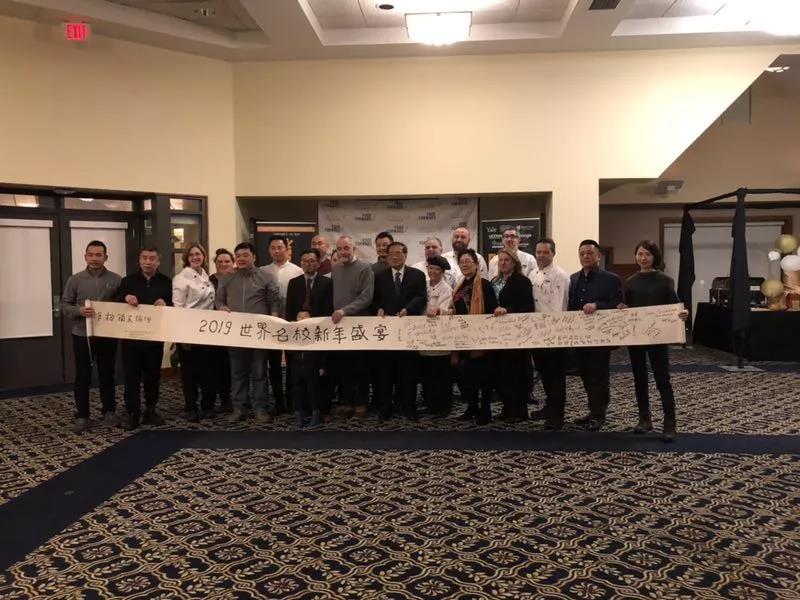

Note: Introduction of Good Food Chefs displayed at UConn
After the dinner, the chefs received a high evaluation. This was also the last feast presented by the outstanding Chinese chefs, the professional chefs of UConn, and other delegation colleagues. The Good Food Fund Delegation left UConn in the snow and went to Yale University. Unfortunately, because of the heavy snowfall in New England, the Husky mascot refused to come out and meet us.

Note: UConn now has two Huskies, one with the sports team. After the dog dies or retires, UConn chooses another one, and the school comics change. Yale's mascot is a bulldog, and there are dozens of them.
Yale, the University of Massachusetts, Harvard University, and UConn have their characteristics. The restaurants that host the New Year delegation are also unique.
The University of Massachusetts was the most interesting one and was held in an elegant old church; Harvard invited the most senior female choir; UConn provided plant-based meals.

Note: New Year Feast Hall of UConn
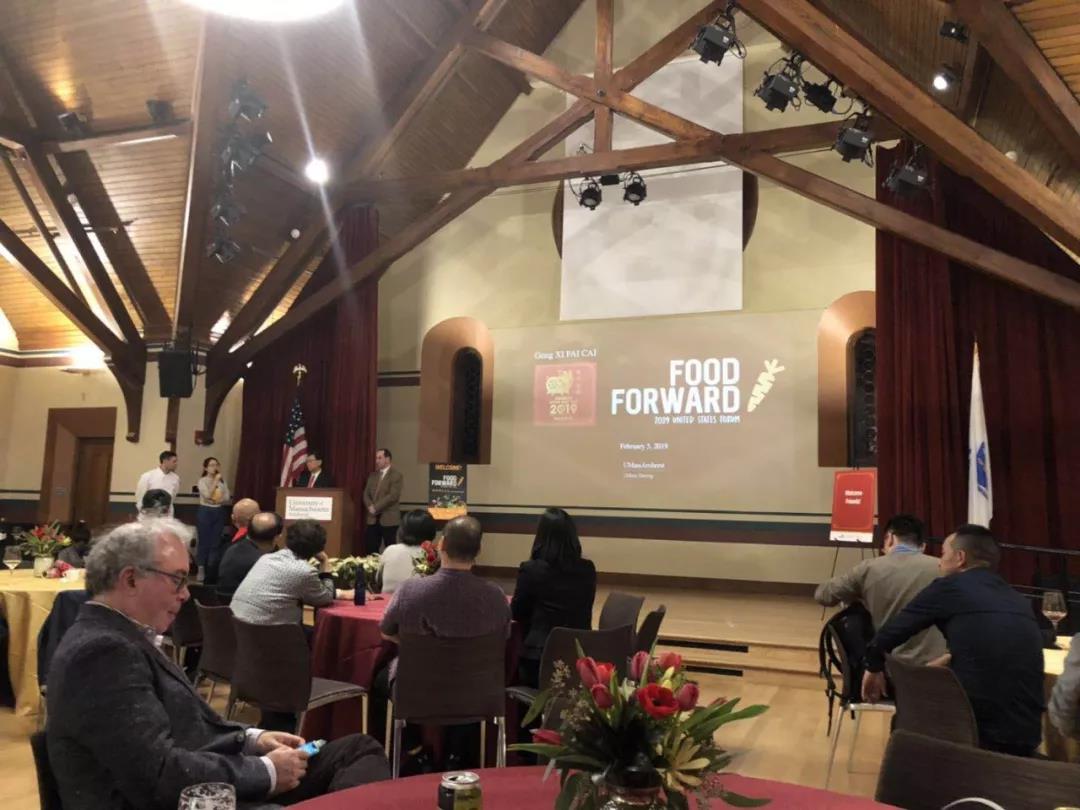
Note: University of Massachusetts New Year Feast Ballroom
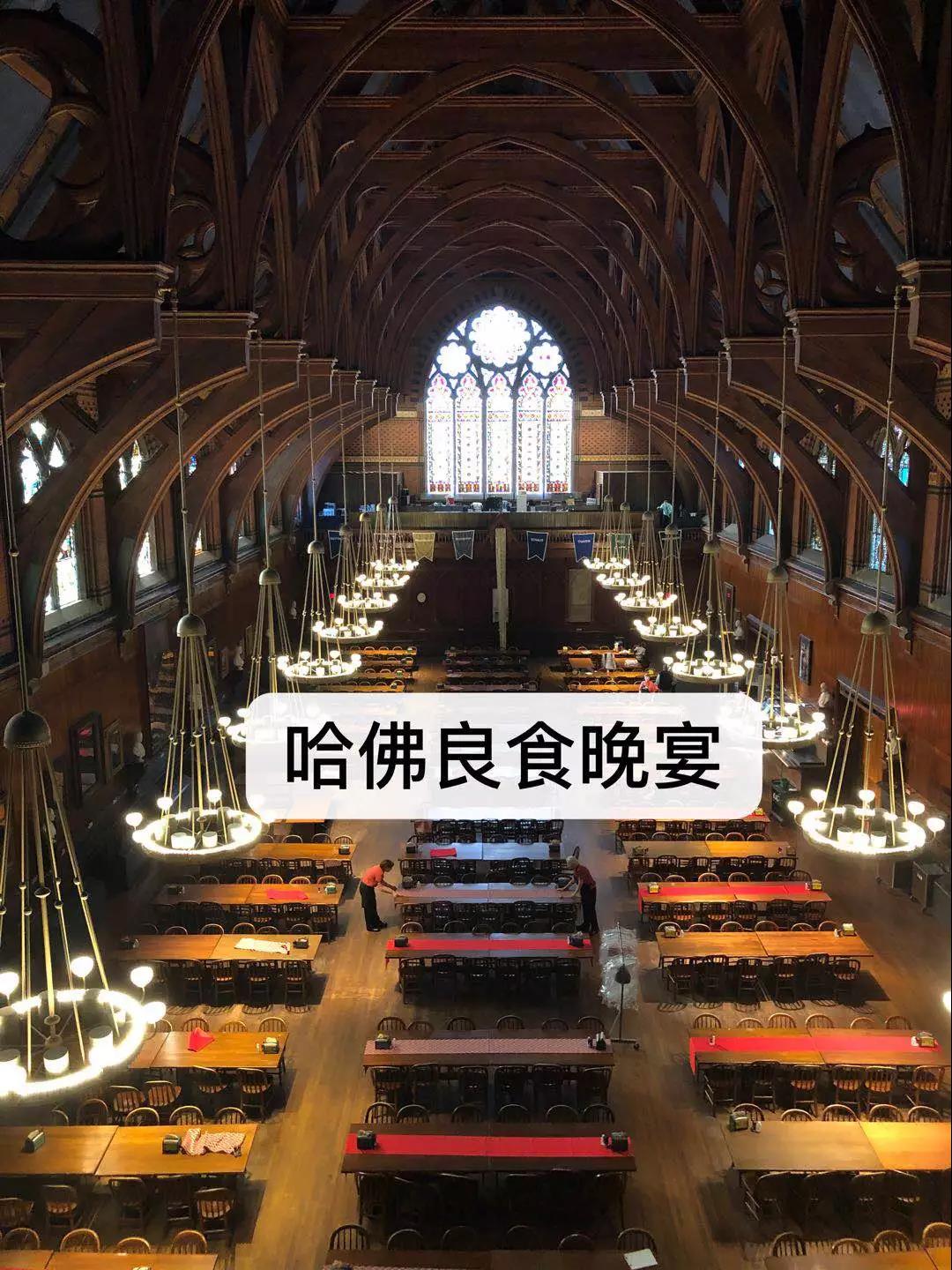
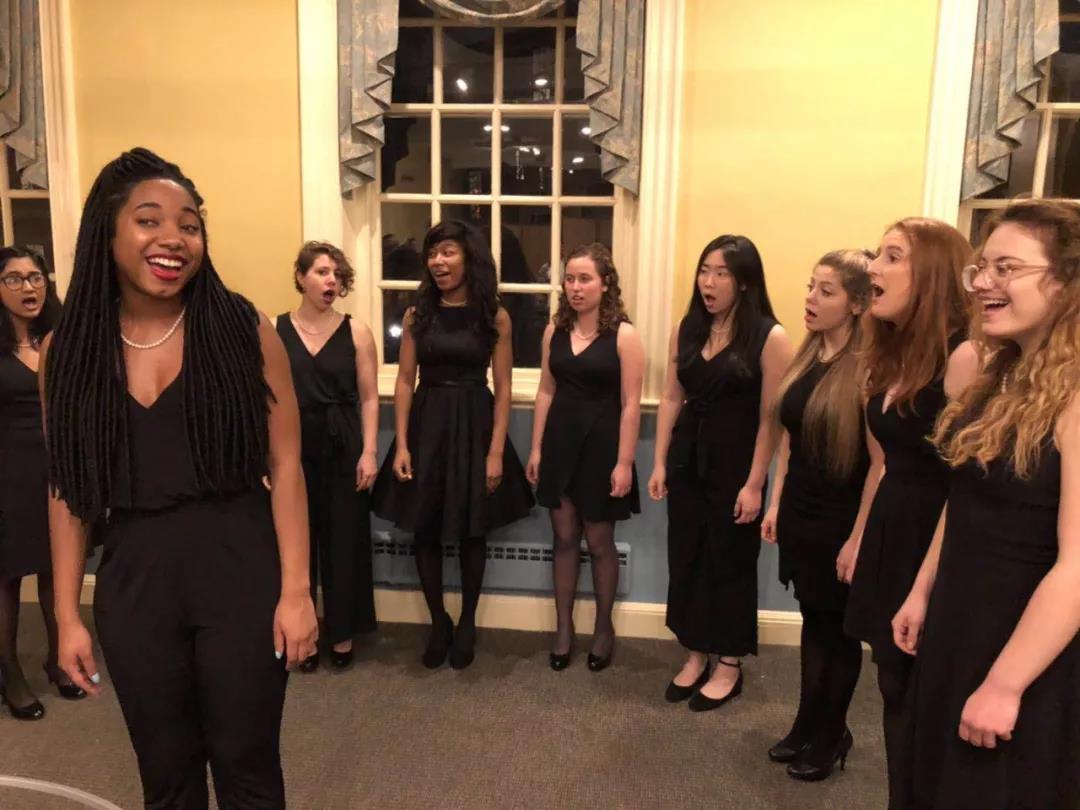
Note: Harvard New Year's Feast
Returning to Yale again, the Good Food Delegation enjoyed the Yale feast on the third floor of the exquisite Yale Peabody Museum of Natural History. The entire menu had only one meat dish (while providing vegetarian options). It seemed to be a New Year menu to pay tribute to the Good Food chefs.
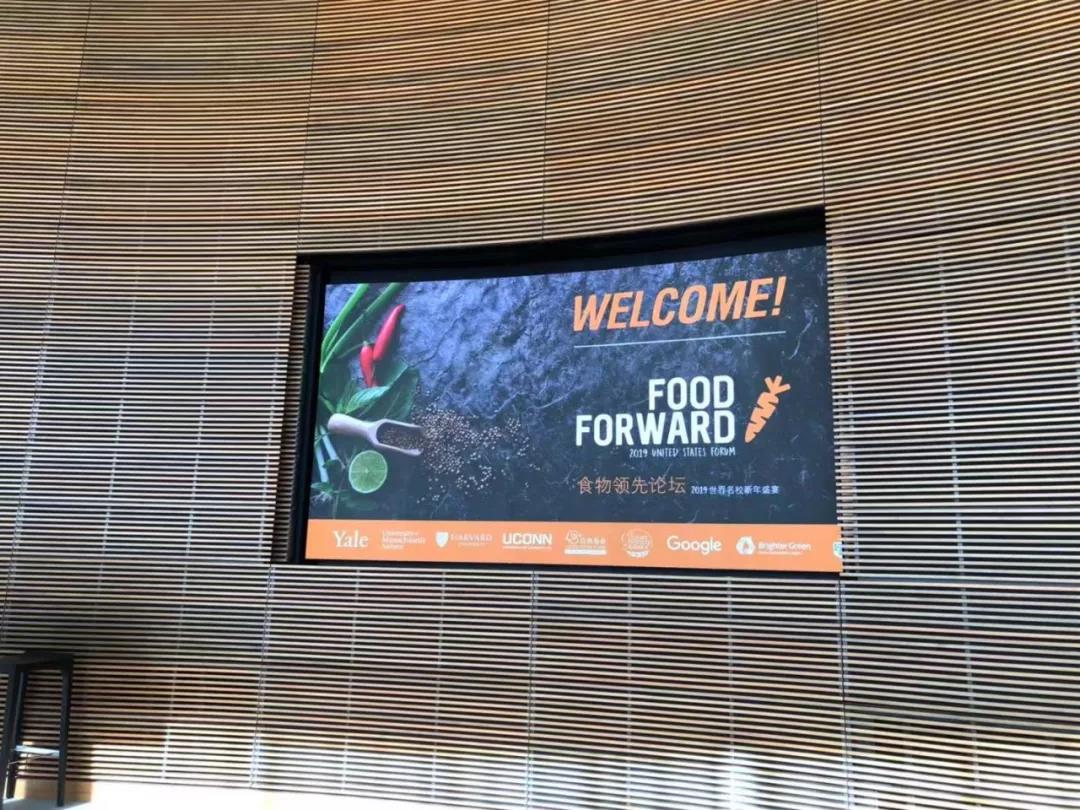
After leaving Yale, the Good Food Fund Delegation went to the Culinary Institute of America and Google New York headquarters.
In the kitchen of the Culinary Institute of America, Chinese and American chefs co-create a lunch for the delegation:
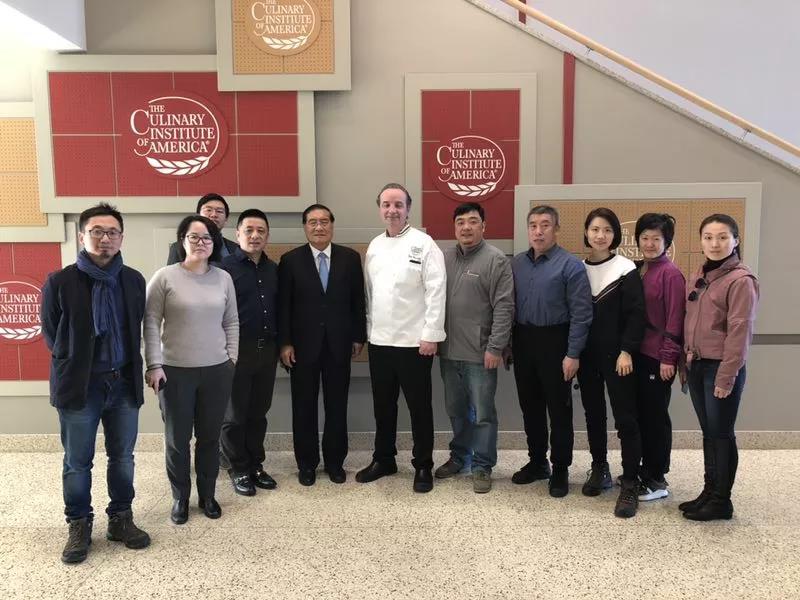
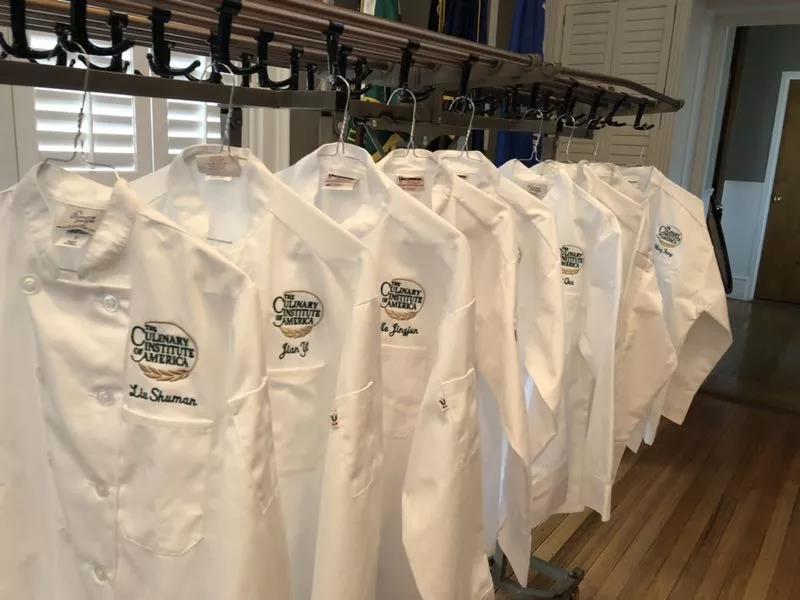
The Google cafeteria is also impressive: vegan dishes are served in obvious locations, and even four of the five main dishes are plant dishes. "Googlers have no problem with supporting plant-based diets," the person in charge said. Like the prestigious schools, Google is committed to promoting plant-based diets, reducing food waste, supporting ecological agriculture, and cultivating healthy and sustainable consumption habits.

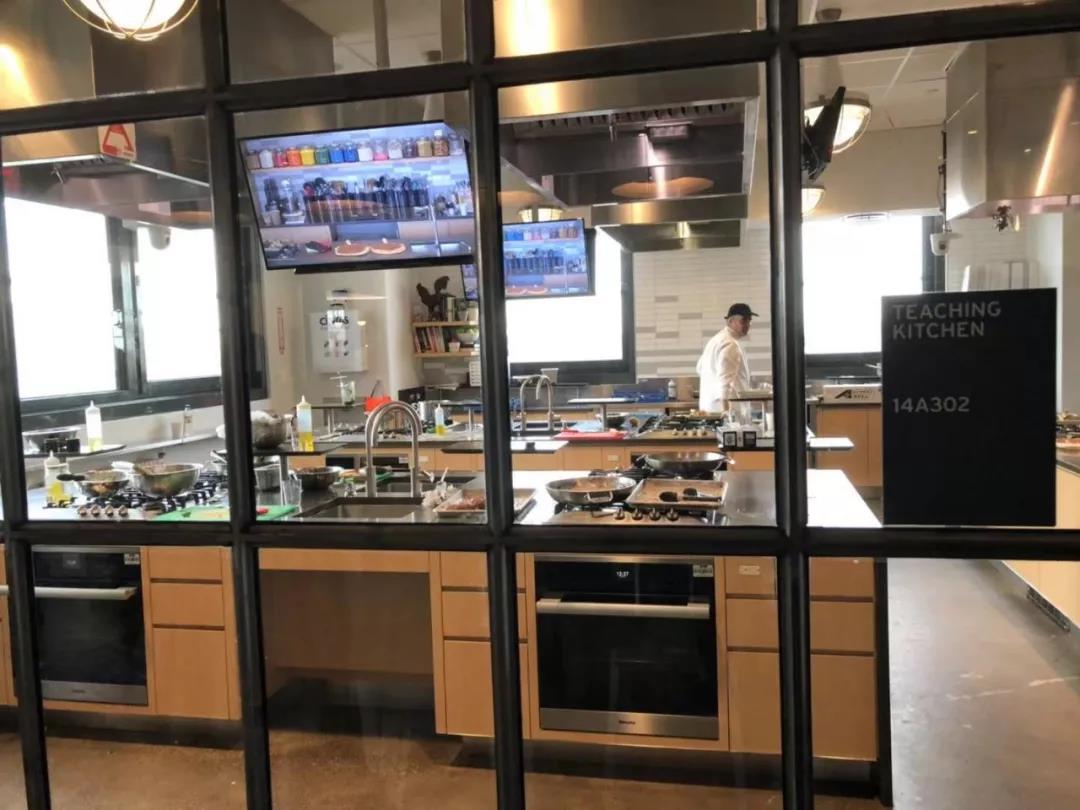
Note: A cafeteria at Google
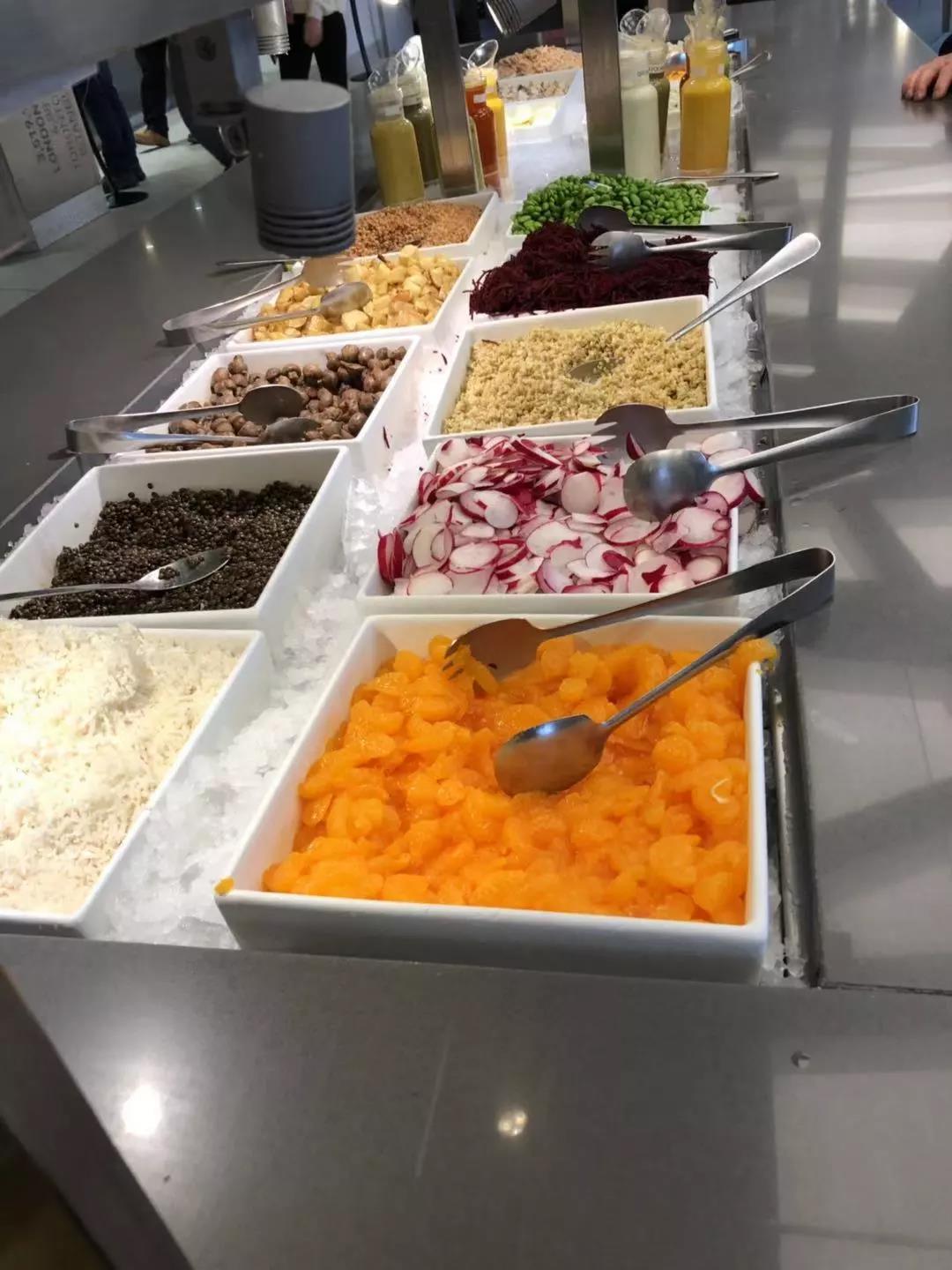
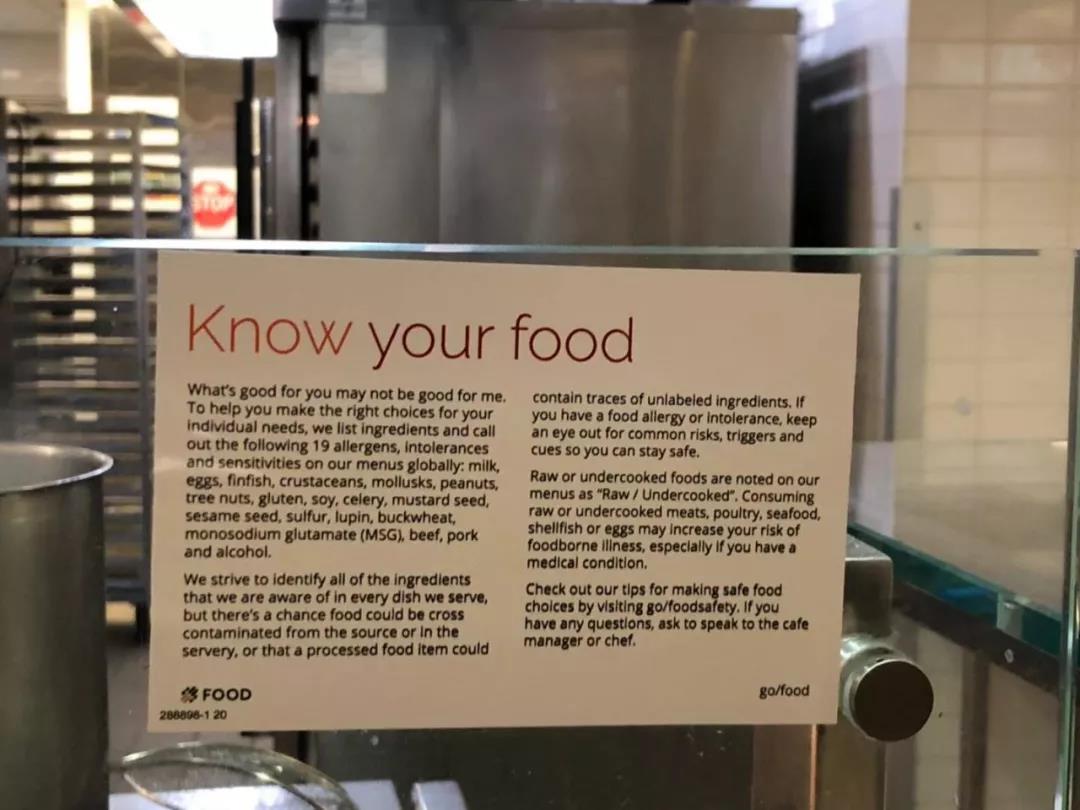 Note: Meals provided by Google
Note: Meals provided by Google
The sharing of the "Global Leading Food Conference" together with the "New Year Feast in Top 5 Universities in the U.S." comes to an end. This event's success owes to our star food chef and other delegation partners, including President Li of the Chinese Culinary Association and the Good Food Fund, efforts and support of my colleagues, and Yale University's help. As we left Yale on the first day of the first lunar month, Yale food and the catering staff followed us along the way Yale University's help and took good care of us. Yale is the most sincere supporter and leader of the Good Food Fund and sustainable food transformation.
Taherian shared at the dinner that market research shows that the younger generation has strong consumer demand for healthier and greener food. As a school meal provider, (1) the university is often the largest food buyer in a region, and therefore, has a more significant impact on agriculture; (2) The decision is vertical, and there is a high level of cooperation with teachers and students in our school. Horizontal competition with other schools does not exist; (3) It can cultivate future consumers' consumption habits; (4) It can make mistakes, and the cost of innovation is low.
The combination of Good Food Chefs who create delicious meals and the university that nurtures the future will become the most potent force leading the future dietary revolution.